“Looking back at the South, I miss the Capital!”, that was our feeling when standing on the top of the sacred Bach Ma mountain, looking towards the Hue citadel at sunset. In the historical relationship between the land and sky and our country Vietnam for over a thousand years, Bach Ma is proud to be an ageless witness.

More than 90 years ago, Bach Ma was first developed into a resort for the French colonial government; then it played the role of a military high point during the years of fighting against the US to protect the North-South supply route of the liberation army.

After peace was restored, this place was expanded into Bach Ma National Park with a total area of over 37 thousand hectares, located on the border of Thua Thien Hue province and Da Nang city, nestled next to the Truong Son mountain range facing the sea, which is even more true to the name "White horse of the Southern sky".

After peace was restored, this place was expanded into Bach Ma National Park with a total area of over 37 thousand hectares, located on the border of Thua Thien Hue province and Da Nang city, nestled next to the Truong Son mountain range facing the sea, which is even more true to the name "White horse of the Southern sky".

The richness of nature and many rare and exotic flowers blooming, especially in spring, make Bach Ma possess a magical beauty. Not only that, from the Vong Hai Dai on the top, you can look at the two big cities of Hue and Da Nang, you can also enjoy the mountain wind from above and the rich flavor of the sea. The gentle coolness of Sa Pa, Da Lat combined with the salty taste of the coast like Nha Trang, Vung Tau makes Bach Ma different and unique.

In addition to the majestic Vong Hai Dai, we must mention the ink painting of Bach Ma, the focal point of which is the poetic masterpiece Ngu Ho. This is a system of 5 lakes located next to each other, each lake has its own shape and beauty, hidden in the old forest and rocky mountain shores as if waiting for people to discover. If the first lake is clear and long like a crescent moon, the second lake is wide and has many large, smooth, shiny granite crevices due to being eroded by water over time. The third lake is gentle and small with the water flowing to the foot of the waterfall, condensing like a funnel.

The fourth lake is oval-shaped with undulating waves and large rocks that have divided the water into two large waterfalls. And finally, the most beautiful, is the fifth lake, large, with clear water and the colors of the sky, mountains and forests, where you can not only stop to admire the scenery but also swim freely, enjoy the cool water after the bumpy walk to the lake. Is that why there is a saying: "If you want to see trees, go to Cuc Phuong, if you like to see animals, go to Cat Tien, and if you want to bathe in waterfalls, go to Bach Ma"!

Starting from Km16 Bach Ma road, there is a small trail about 1.5km long leading to another spectacular waterfall: Do Quyen waterfall. After 30 minutes of walking on a gentle slope through the forest, visitors will stand before a majestic waterfall over 300m high.

The Do Quyen waterfall is the source of the Ta Trach stream (about 67km long) flowing through the Bach Ma range. When it reaches the Bang Lang junction (Tuan junction), it merges with the Huu Trach tributary (about 60km long), creating a soft silk strip of more than 80km long - the legendary Huong River in the middle of the dreamy Hue. The waterfall is named so because in the spring, the rhododendron flowers bloom profusely, the bright red flowers embracing the cliffs and streams, creating a picturesque landscape.

Do Quyen is also known as the tallest waterfall in Southeast Asia because the way down to the foot of the waterfall must pass through nearly 700 stone steps. The white foam splashing in the air and the rumbling sound of the "Milky Way falling from the clouds" in the middle of the sacred mountain further enhance the majestic and solemn appearance of the Do Quyen silk strip.



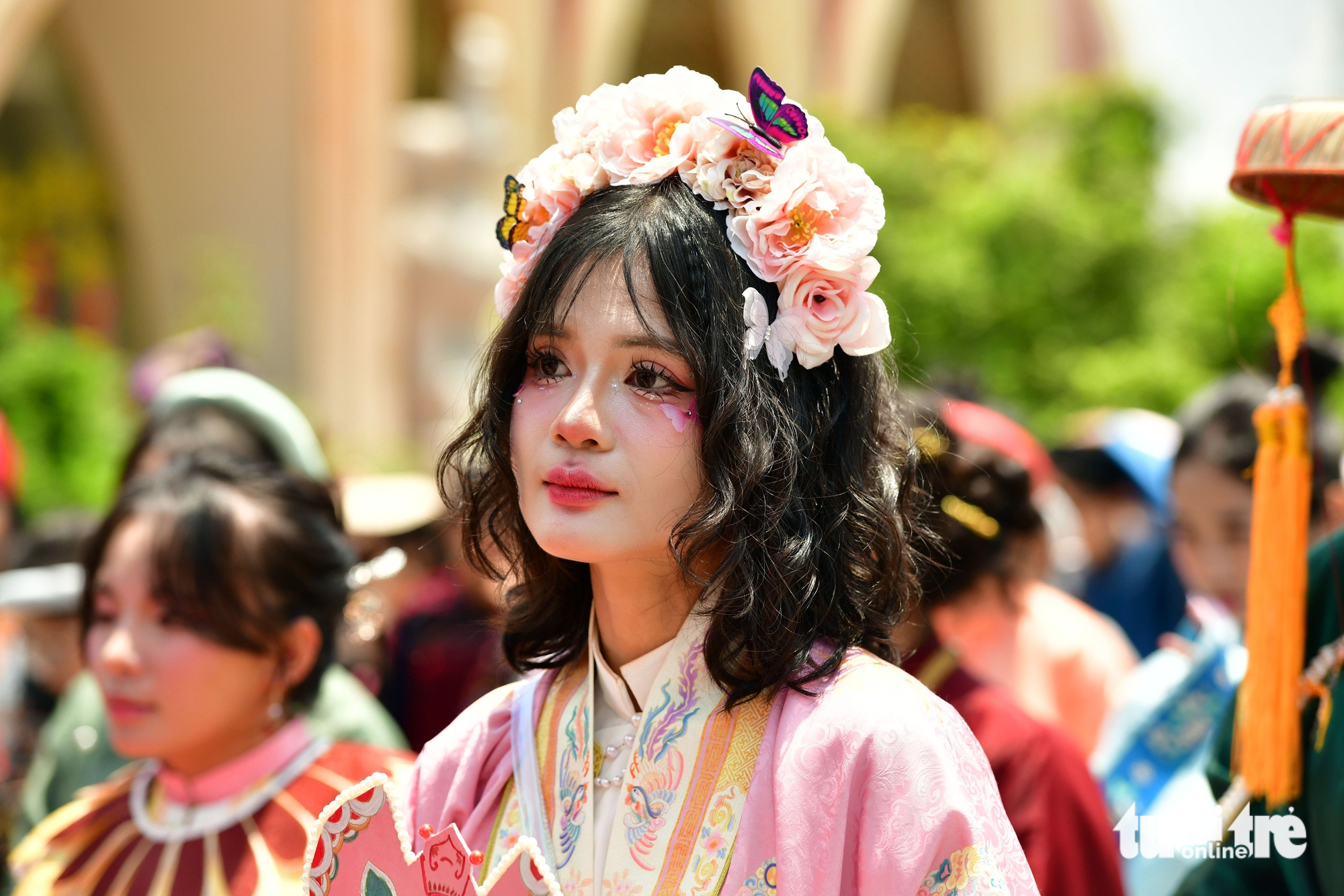
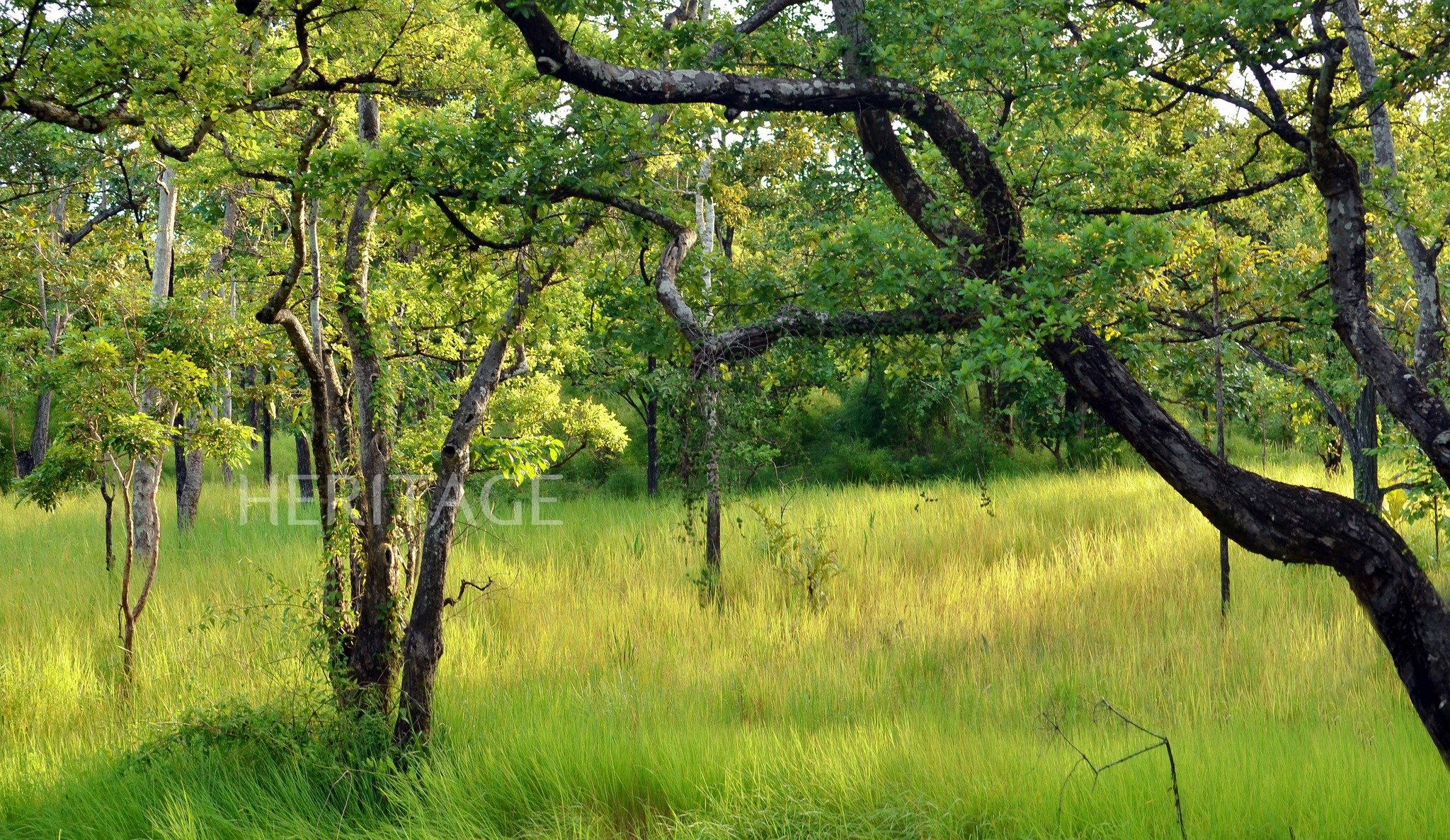



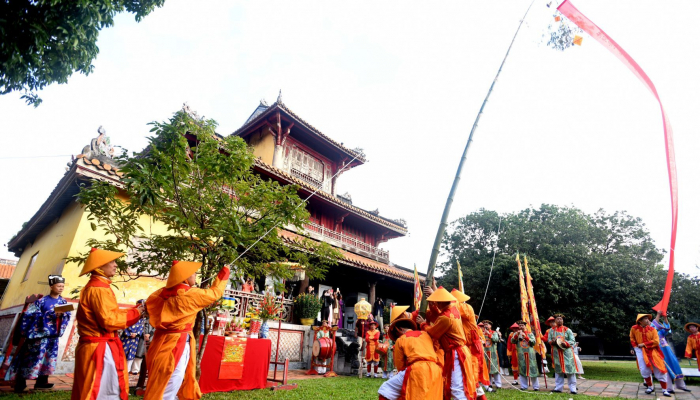

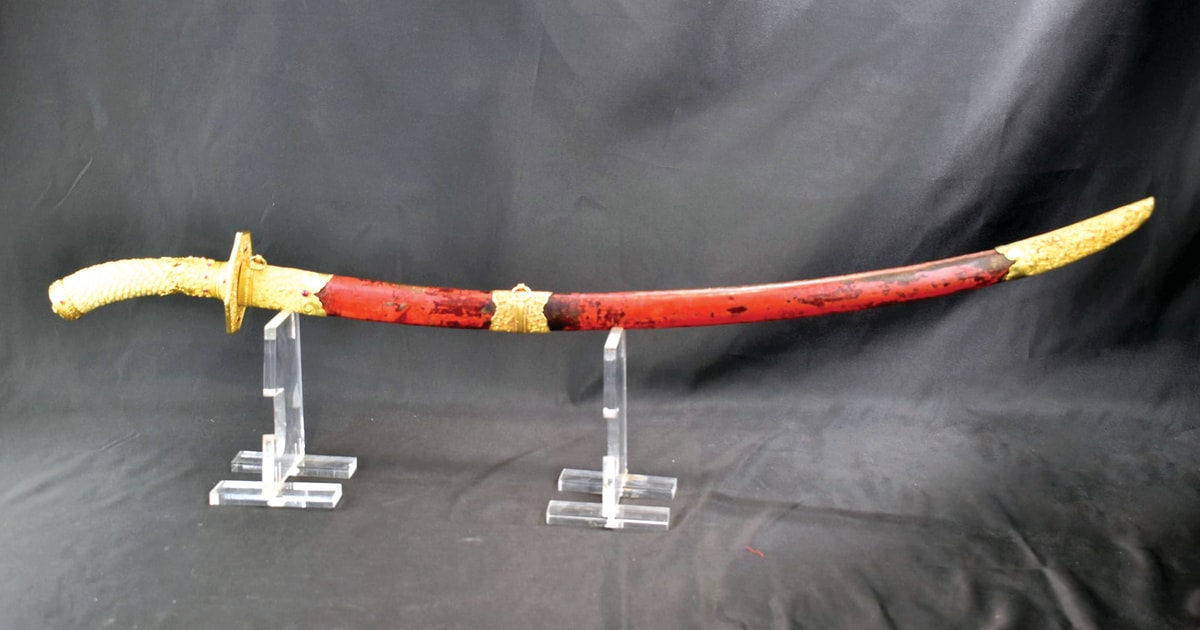

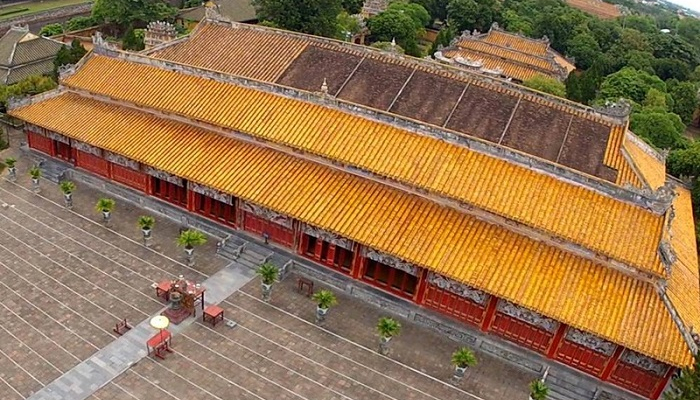
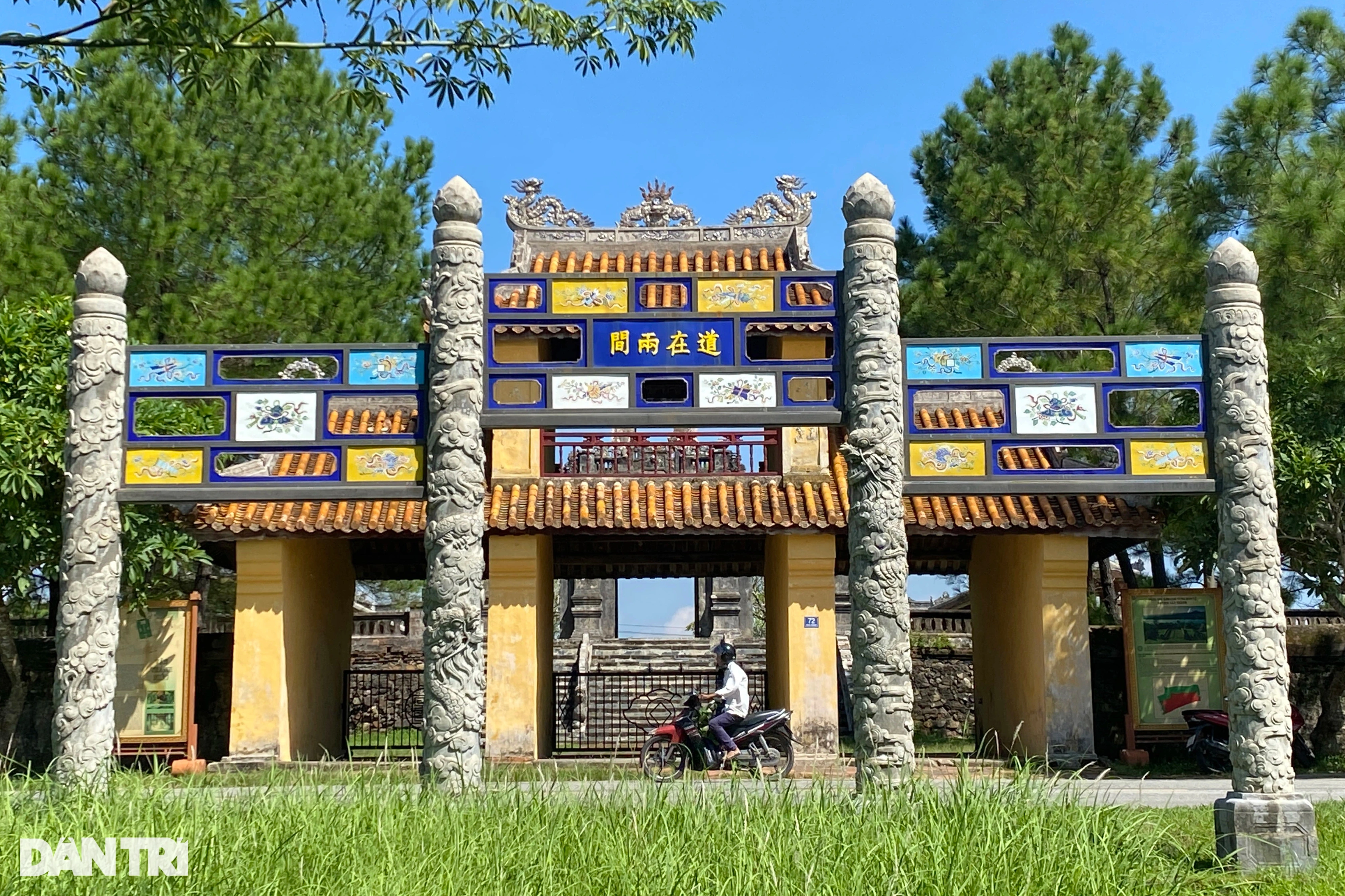

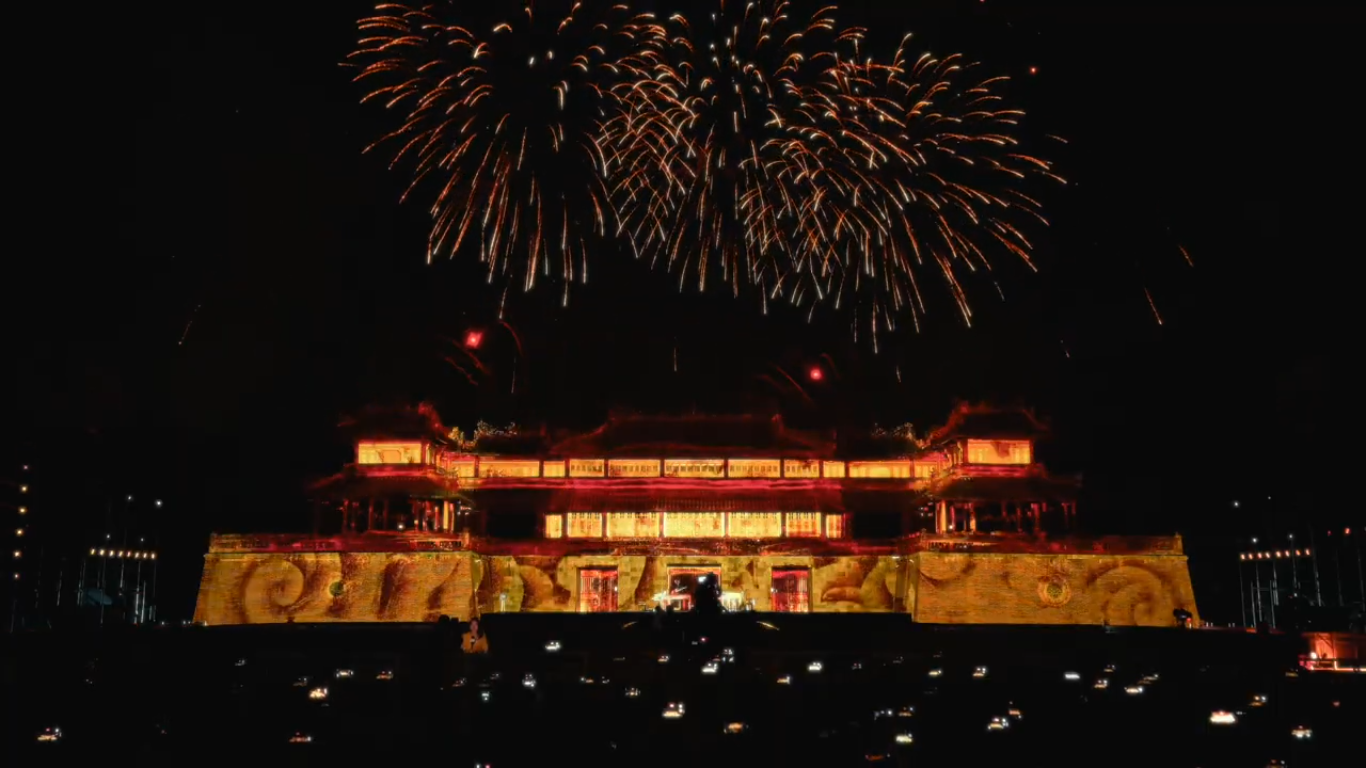

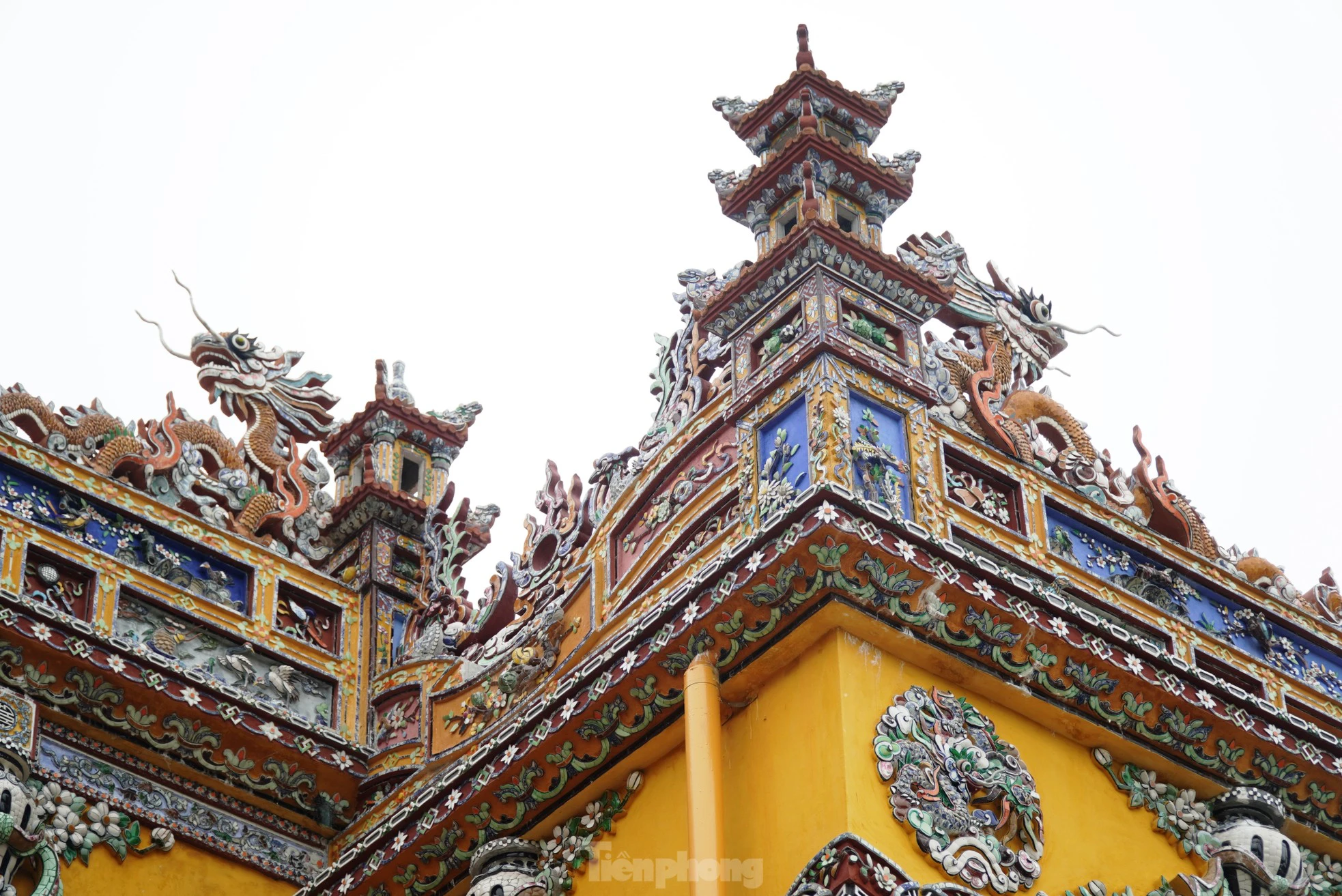

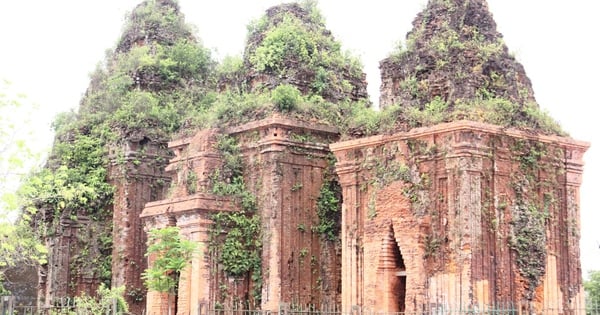

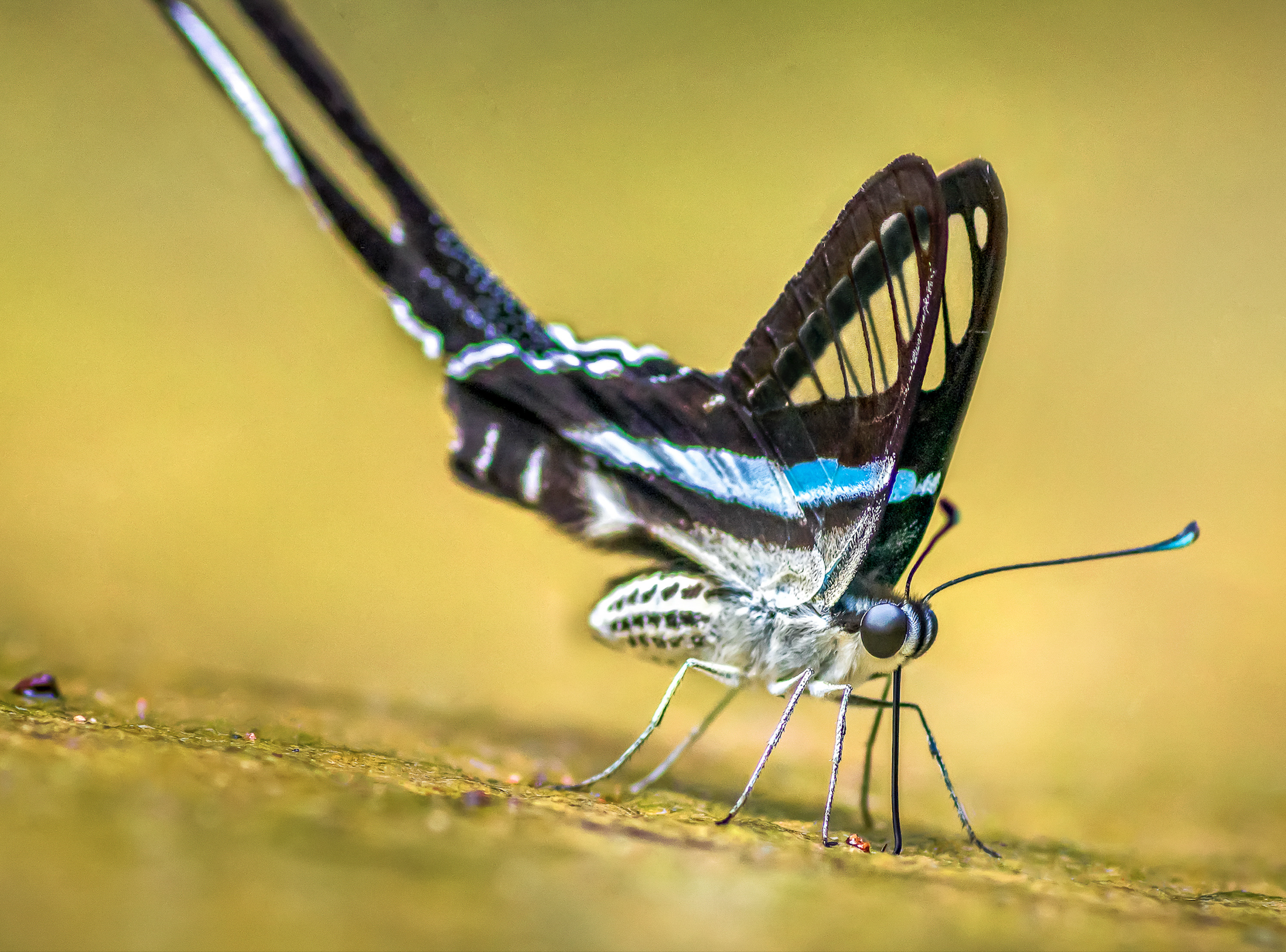
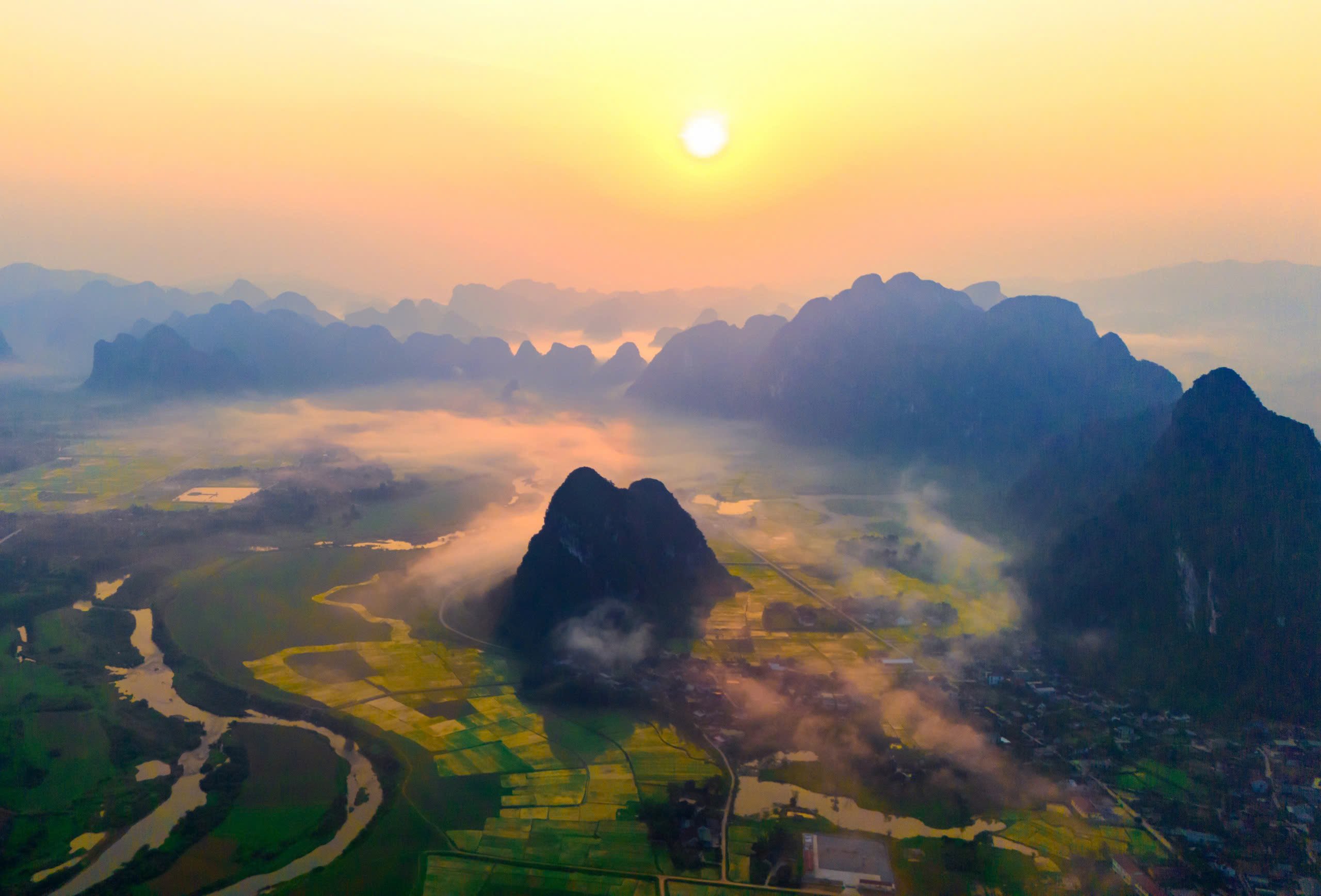
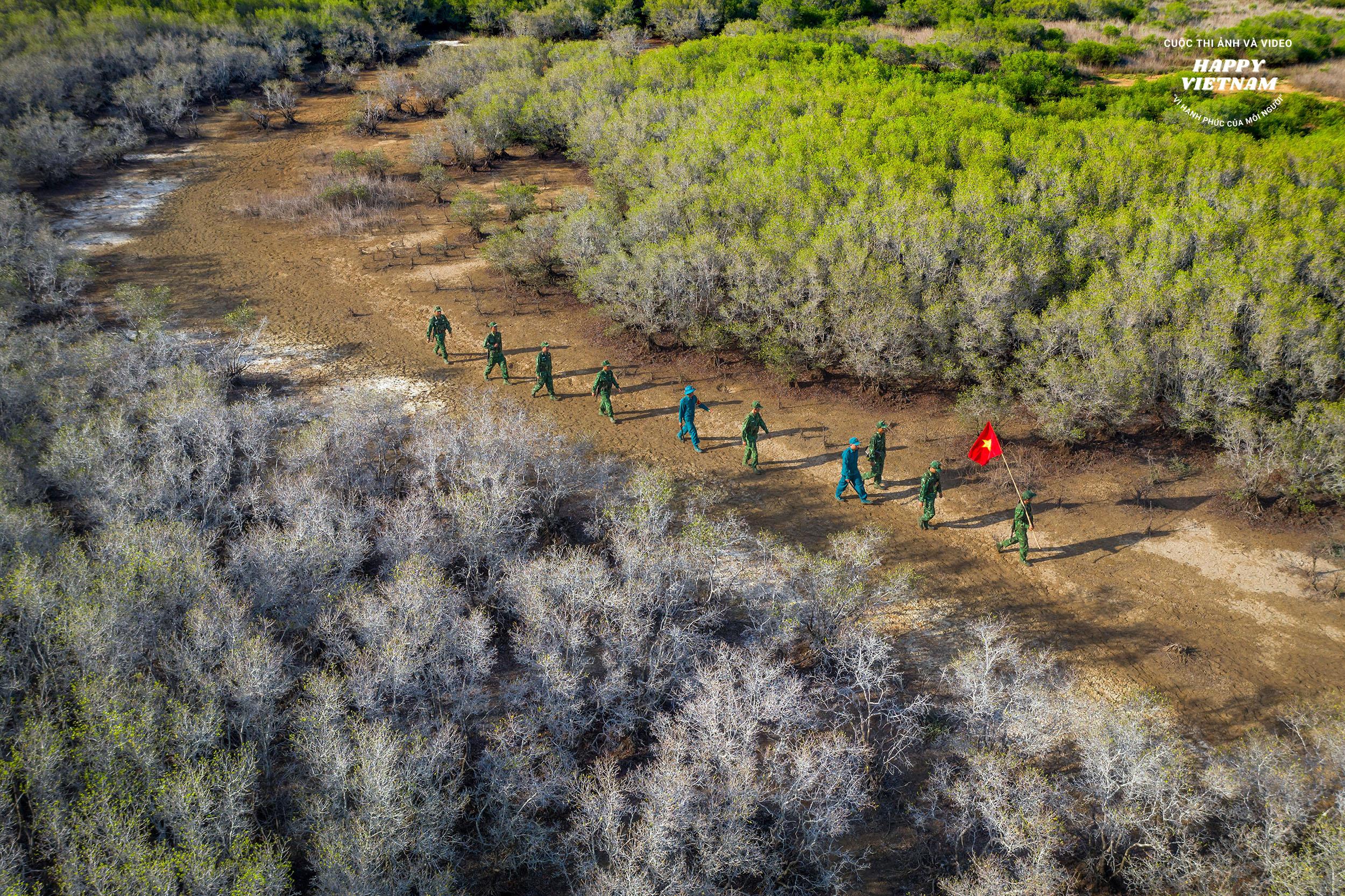


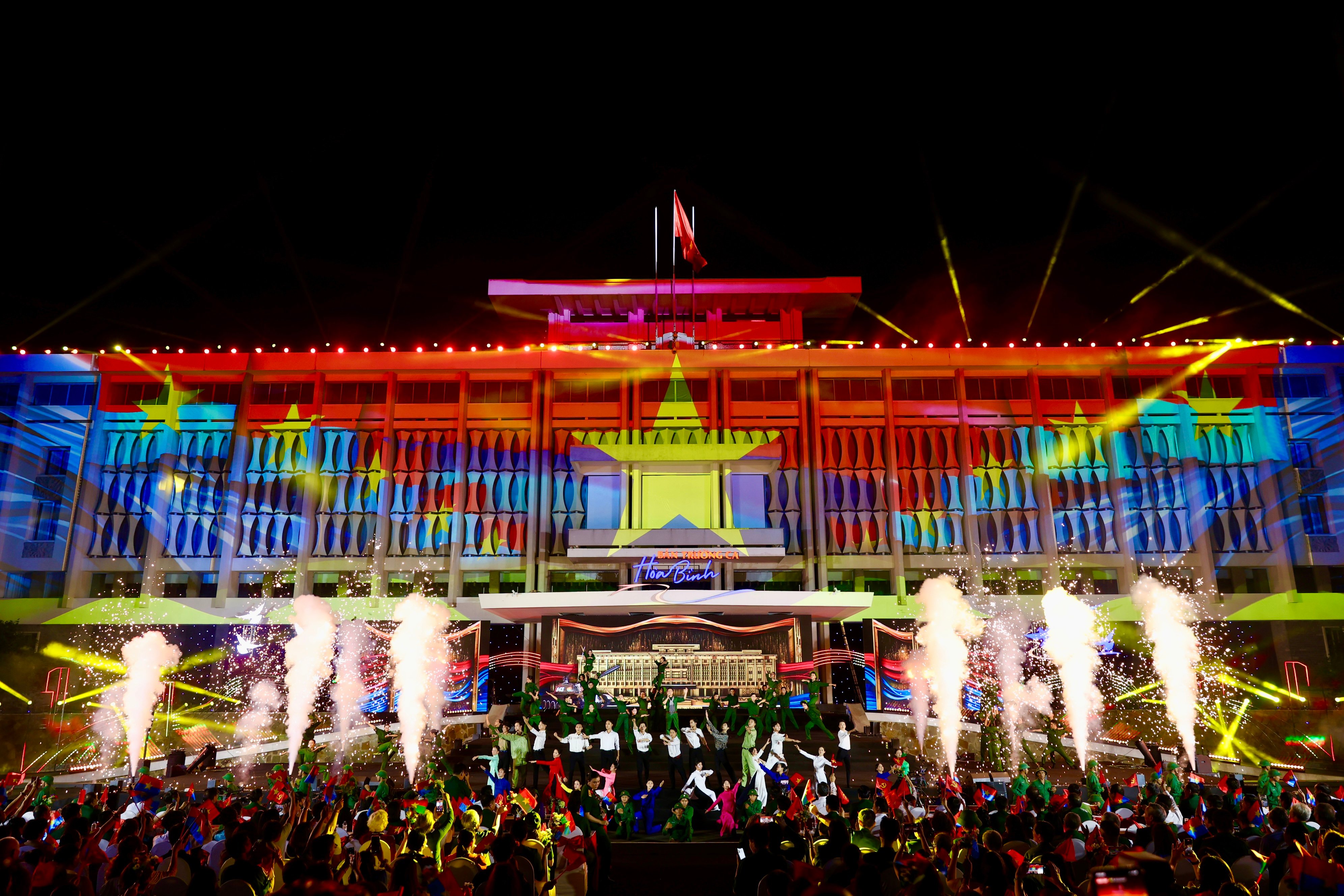
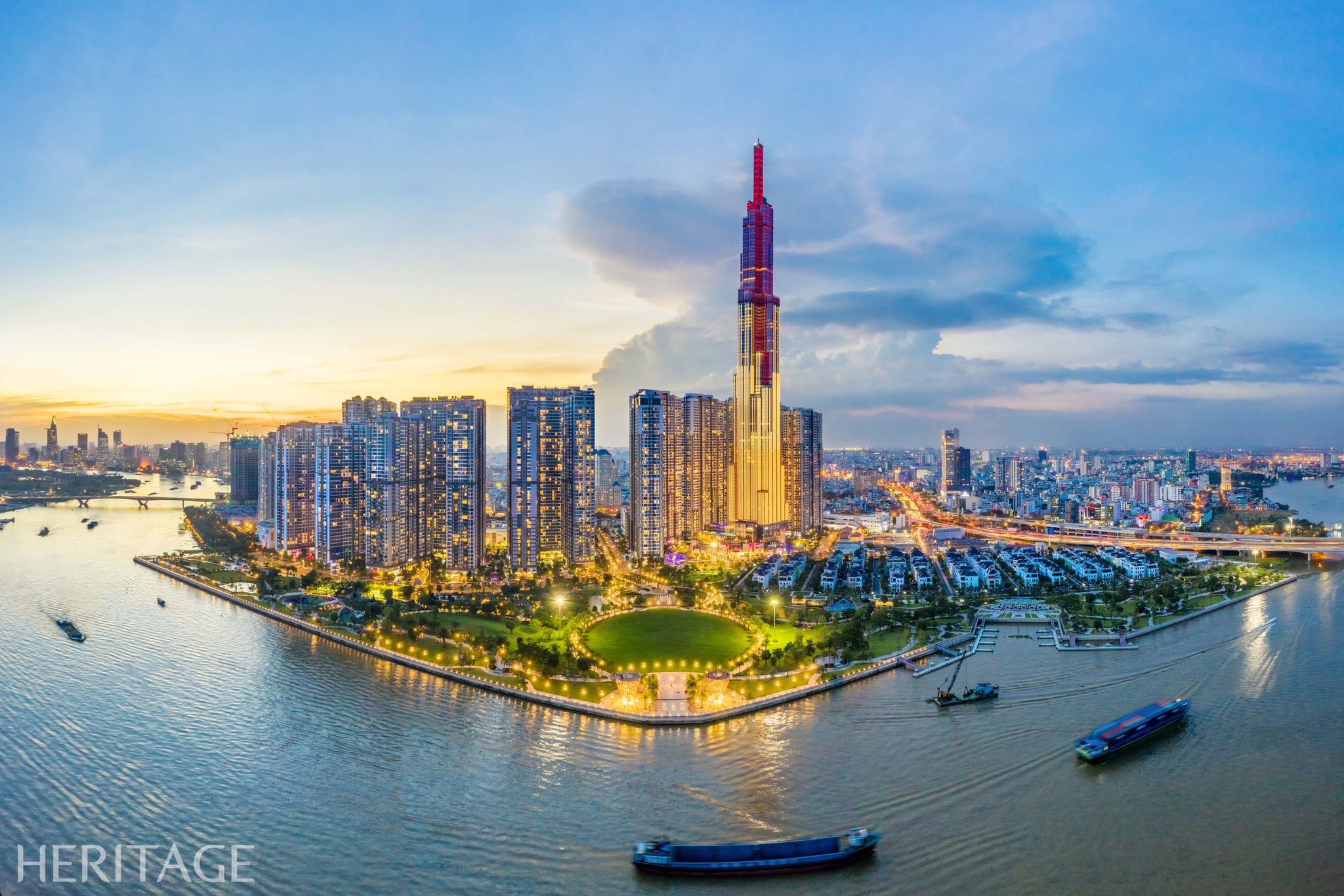
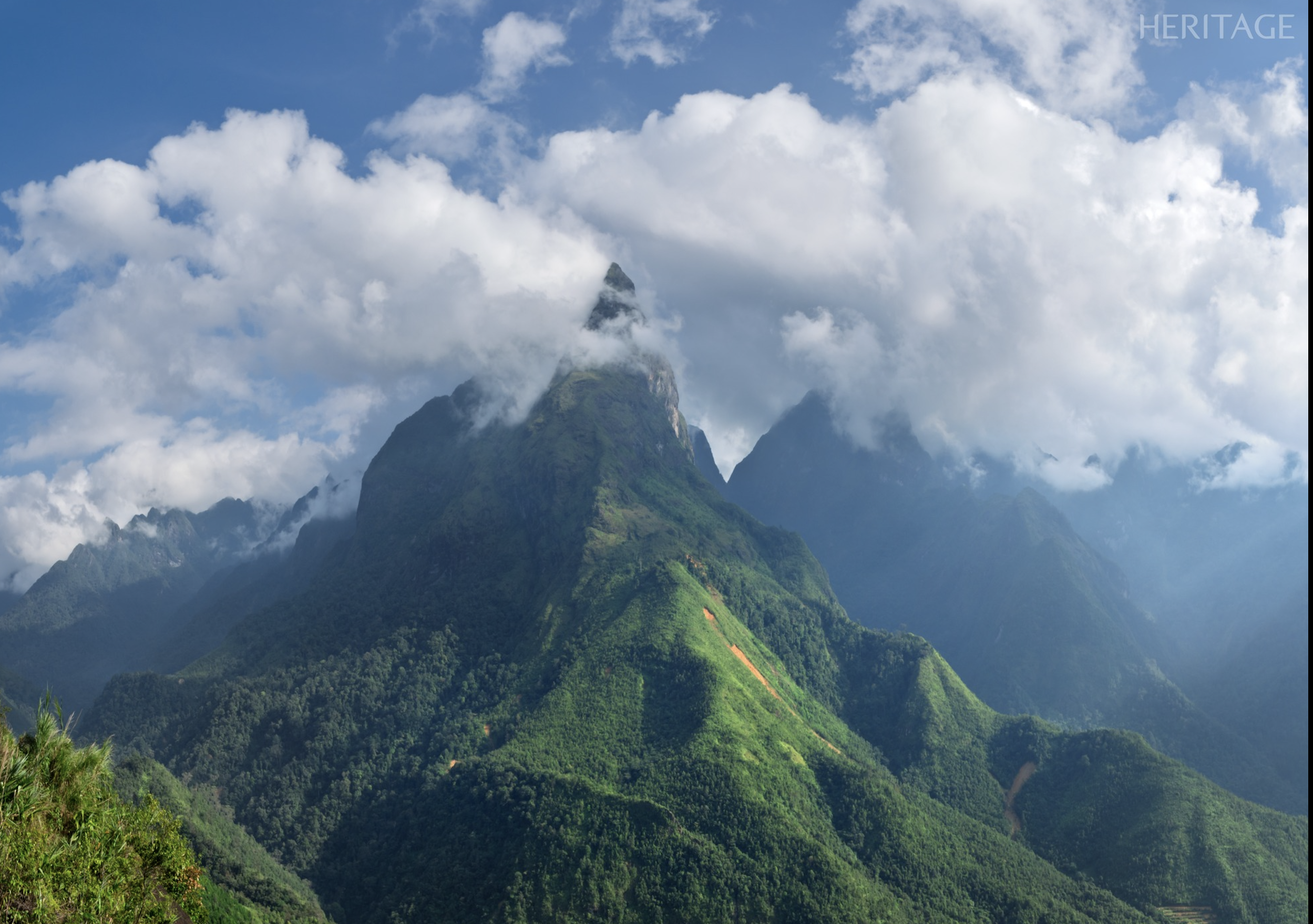




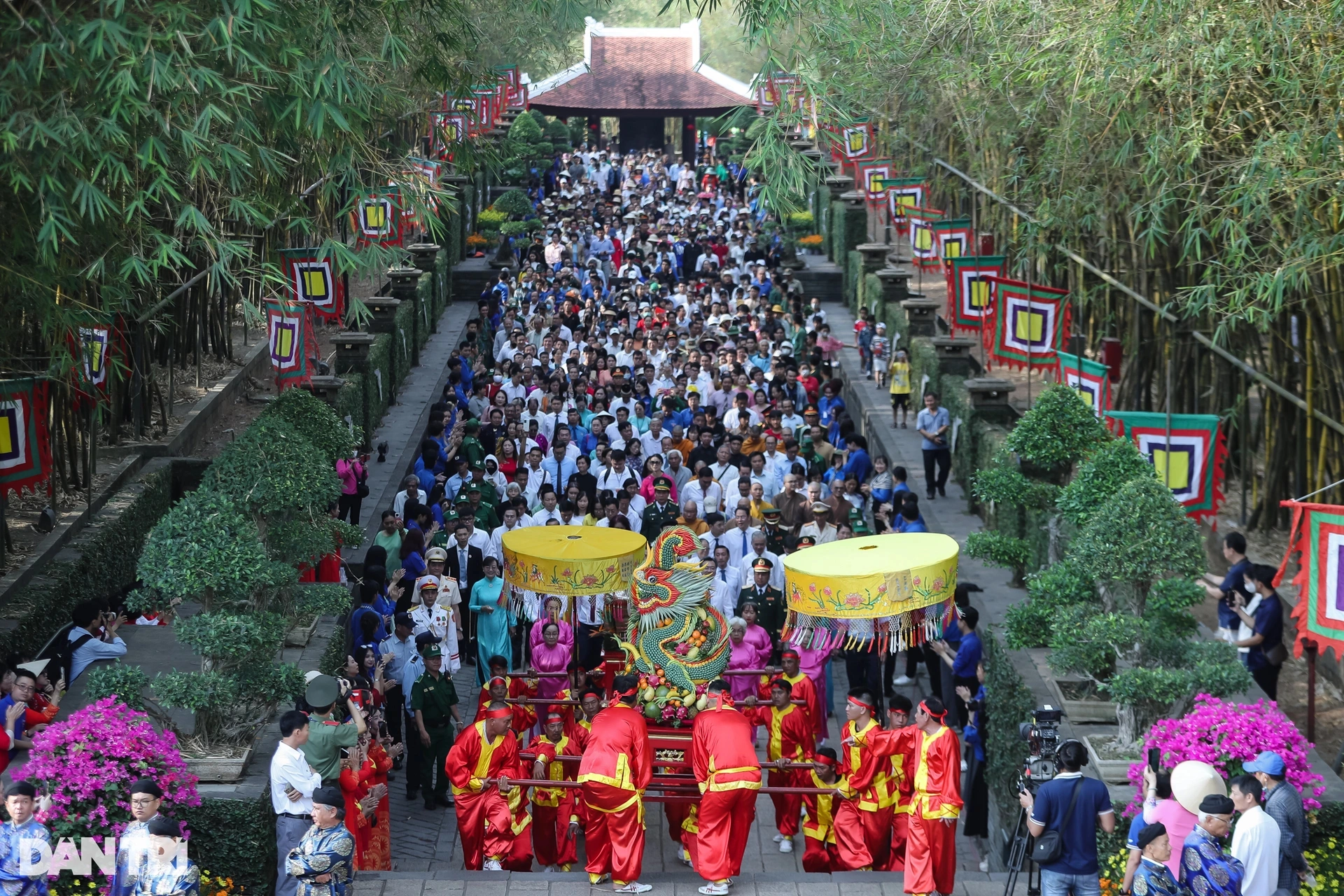
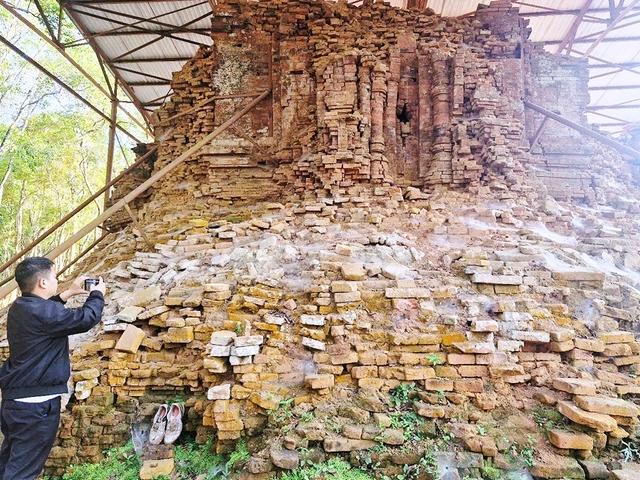



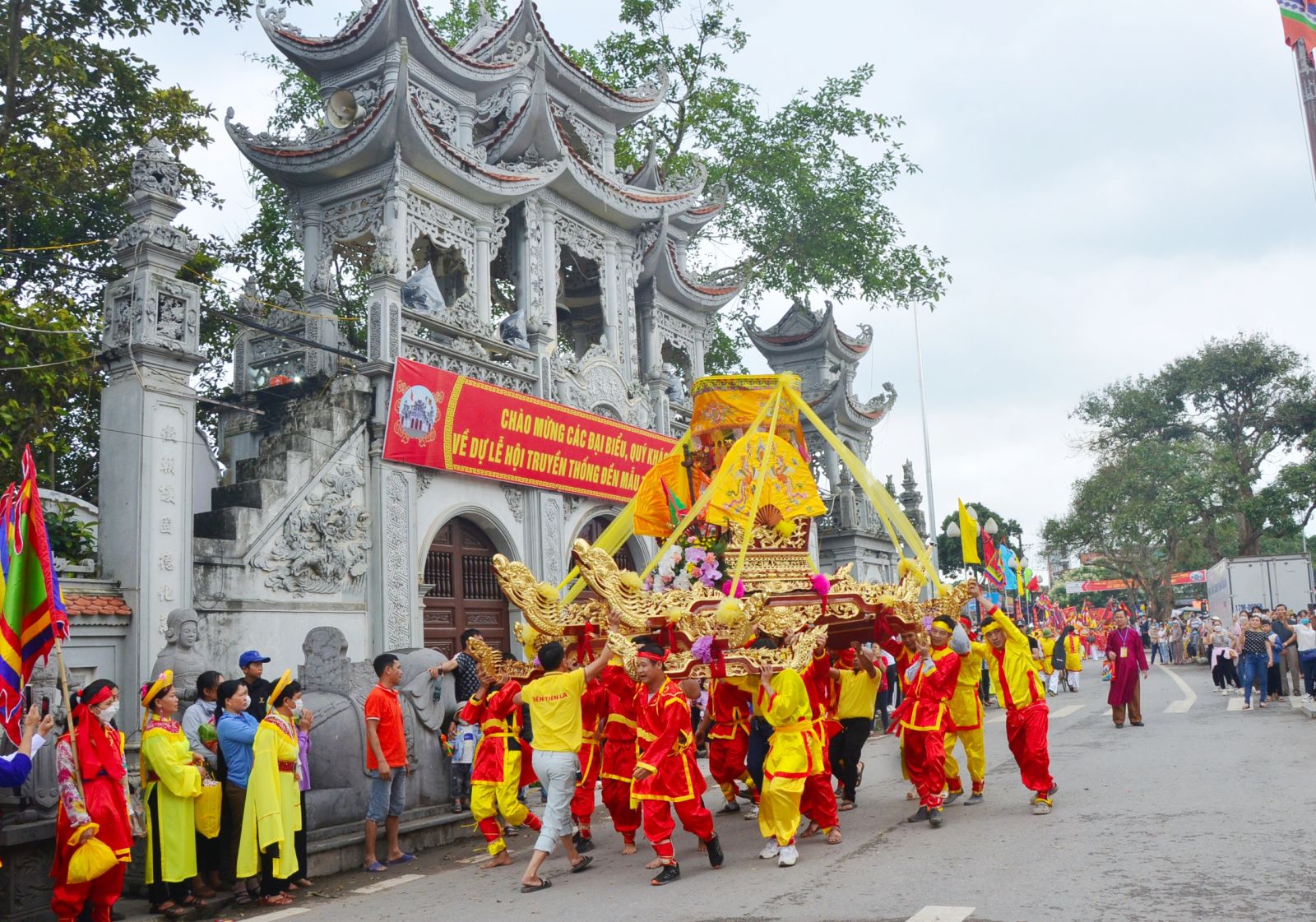

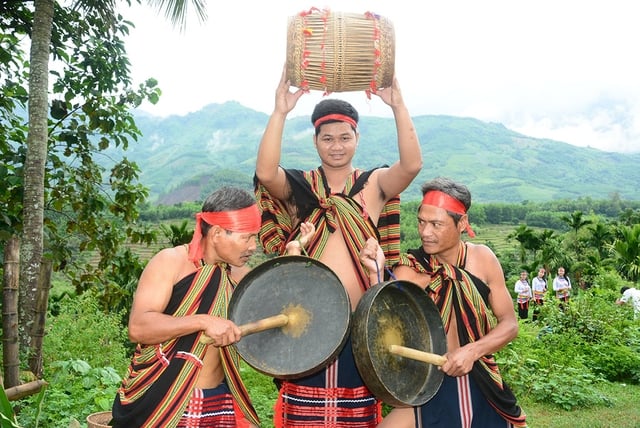






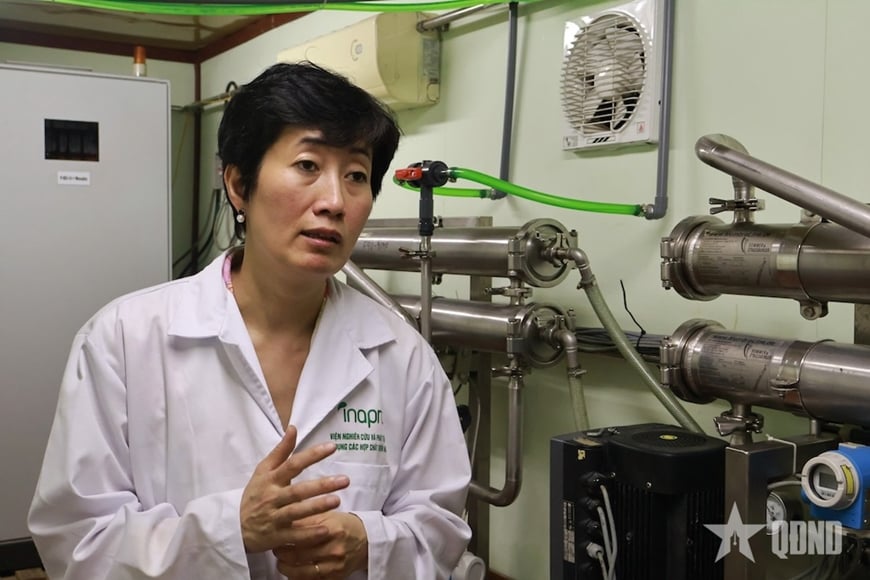
































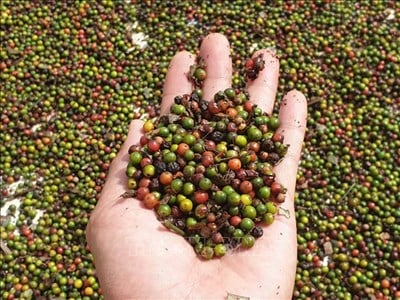



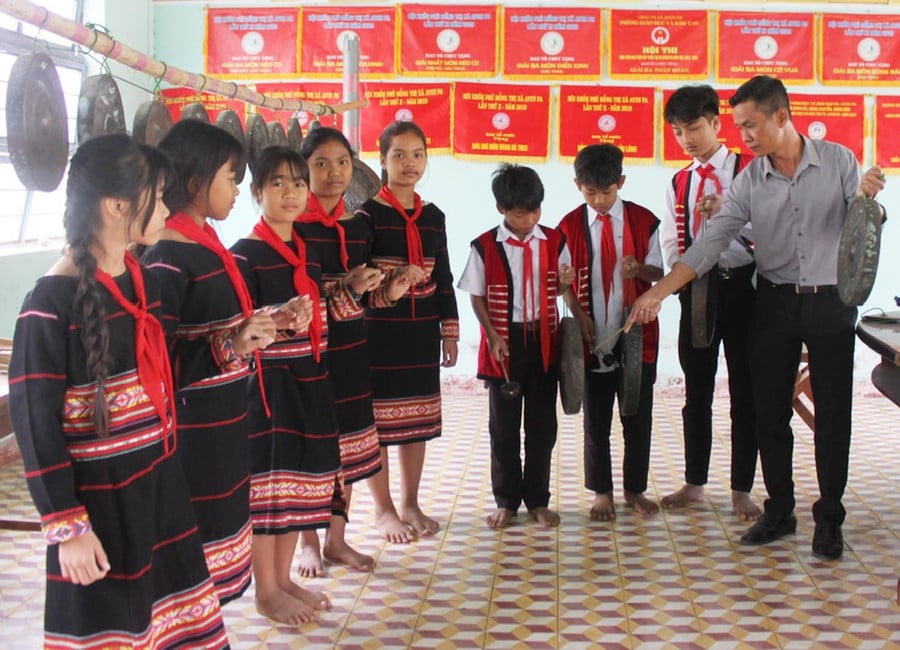
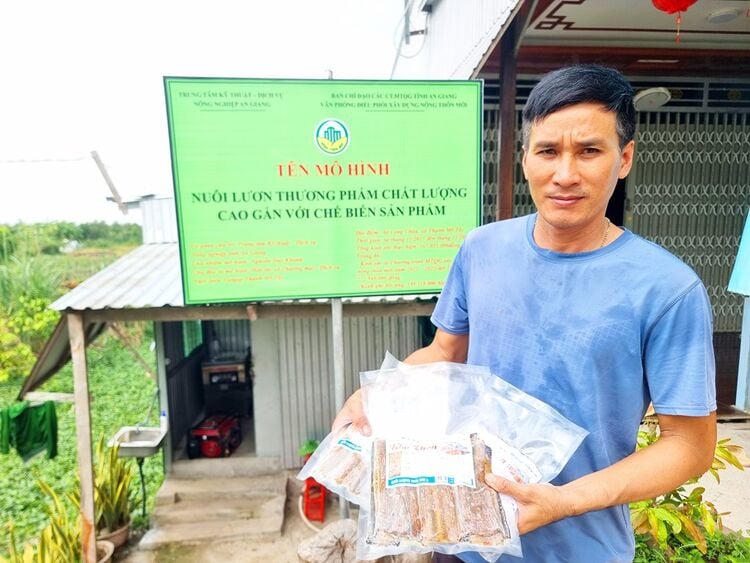
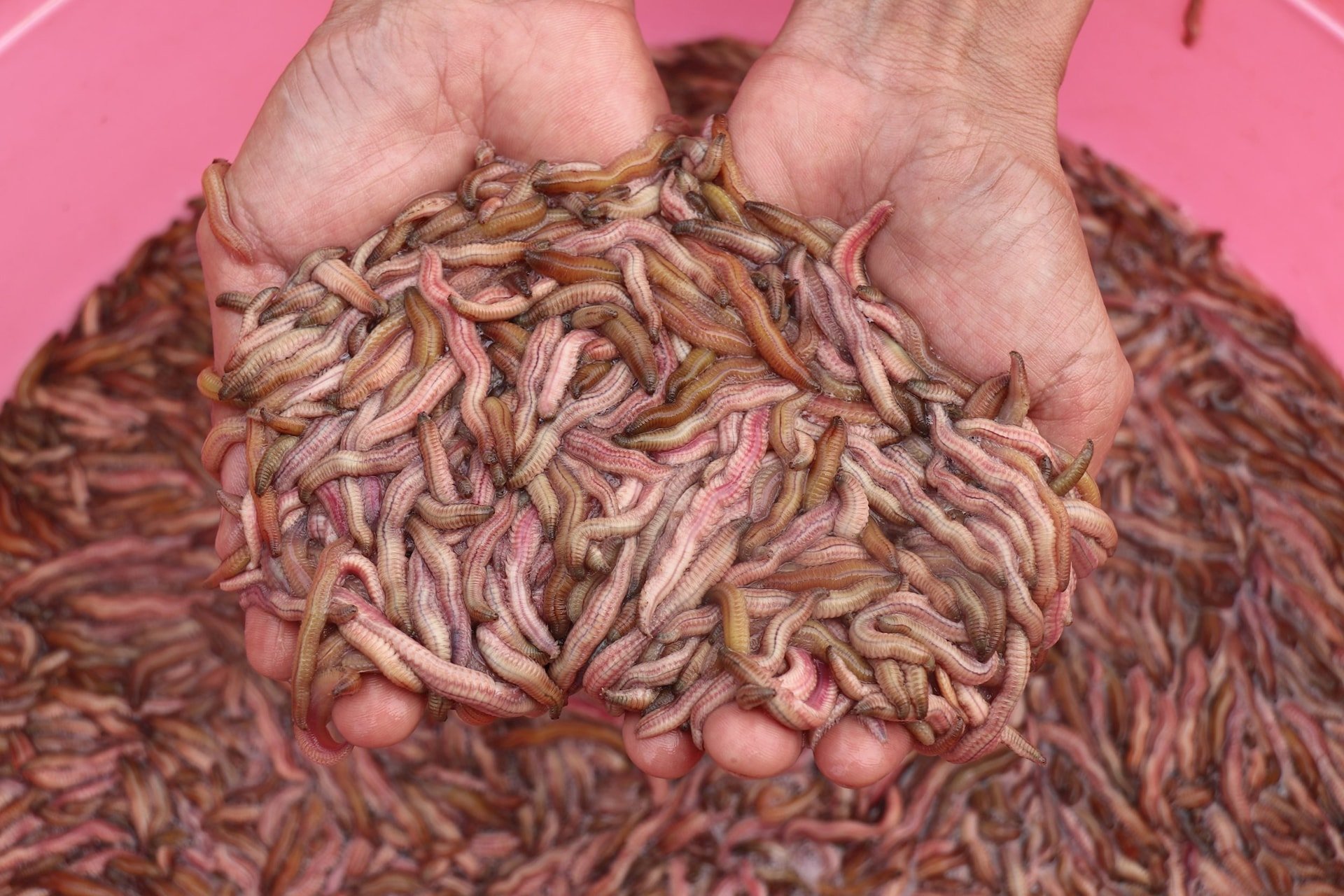








Comment (0)